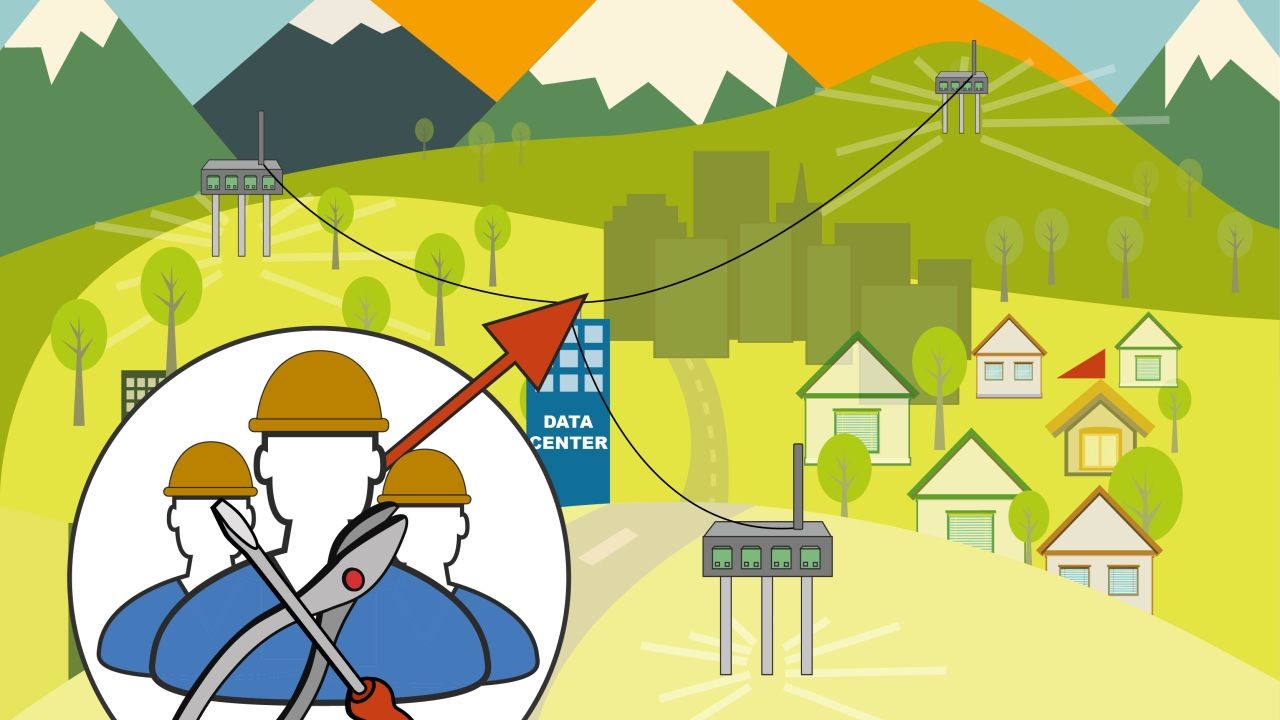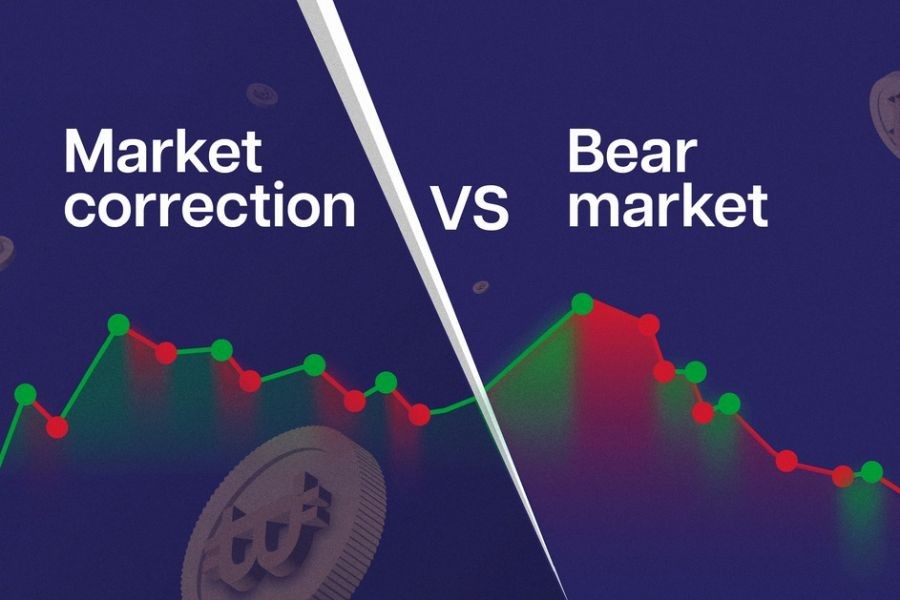As the backbone of Australia’s supply chain, the trucking industry plays a crucial role in the nation's economic framework. However, a troubling trend has been unfolding: numerous trucking companies are going bankrupt. This phenomenon is not just a matter of financial mismanagement but a confluence of systemic issues that are reshaping the industry. Understanding these challenges is imperative for stakeholders looking to navigate this complex landscape.
The Current State of the Australian Trucking Industry
The Australian trucking sector is vast, with over 50,000 registered operators contributing significantly to the economy. According to the Australian Bureau of Statistics (ABS), the transport and logistics industry accounts for approximately 8.6% of Australia’s GDP. Yet, despite its size and importance, the industry is under unprecedented pressure.
Rising Operational Costs
One of the most significant challenges facing trucking companies is the escalating cost of operations. Fuel prices, which constitute about 30% of operational expenses, have been volatile. The Reserve Bank of Australia (RBA) reports that fuel prices have increased by 15% in the past year alone, driven by global supply chain disruptions and geopolitical tensions.
Additionally, maintenance and compliance costs have surged. The Australian Competition & Consumer Commission (ACCC) has enforced stricter regulations to ensure safety and environmental standards, adding to the financial burden on companies.
Driver Shortages and Wage Pressures
The industry is also grappling with a severe shortage of qualified drivers. The average age of truck drivers in Australia is 47, and the pool of younger workers entering the industry is shrinking. This demographic challenge is compounded by wage pressures, as companies are forced to offer higher salaries to attract and retain drivers. According to the ABS, wages in the transport sector have increased by an average of 4% annually over the past five years.
Technological Disruptions
Technological advancements are reshaping the logistics landscape, often to the detriment of smaller operators. Larger companies are investing in automation and telematics to improve efficiency and reduce costs. However, smaller operators lack the capital to invest in such technology, putting them at a competitive disadvantage.
Case Study: Toll Group
Toll Group, one of Australia’s largest logistics companies, has successfully navigated these challenges by investing in technology. The company implemented advanced telematics systems, which improved route efficiency by 20% and reduced fuel consumption by 10%. This investment has allowed Toll Group to maintain profitability despite rising operational costs.
Regulatory Challenges and Compliance Costs
Regulatory compliance is another significant burden. The Australian National Heavy Vehicle Regulator (NHVR) has introduced stringent safety and fatigue management regulations. While these measures are essential for safety, they increase administrative costs and require investment in compliance training and systems.
Financial Impact Metrics
For many companies, these challenges translate into financial strain. A report by Deloitte highlights that the average profit margin for trucking companies has decreased from 5% to 3% over the past decade. This slim margin leaves little room for error and makes these businesses vulnerable to market shocks.
The Competitive Landscape: Big vs. Small Players
The Australian trucking industry is characterized by a dichotomy between large, well-capitalized companies and small, family-owned businesses. Larger companies benefit from economies of scale, allowing them to absorb cost increases more effectively. In contrast, smaller operators struggle to compete, often leading to closures and bankruptcies.
Case Study: Linfox
Linfox, another major player in the industry, has leveraged its size to negotiate better fuel prices and invest in sustainable practices. The company’s adoption of electric trucks has reduced its dependency on volatile fuel markets and aligns with Australia’s environmental goals.
Global Trends and Their Impact on Australia
Globally, the trucking industry is undergoing significant changes, with shifts towards sustainable practices and increased automation. Australia is not immune to these trends, and local companies must adapt or risk obsolescence.
Emerging Trends
One notable trend is the push towards sustainable transport solutions. The Australian government has set ambitious targets for reducing carbon emissions, and the trucking industry is under pressure to comply. The adoption of electric and hydrogen-powered vehicles is expected to increase, but the transition will require substantial investment.
Common Myths and Mistakes in the Trucking Industry
- Myth: "Technology will solve all operational challenges." Reality: While technology can enhance efficiency, it cannot address fundamental issues such as driver shortages and regulatory compliance.
- Myth: "Small operators can continue with traditional practices." Reality: In an increasingly competitive environment, small operators must innovate to survive.
- Myth: "Fuel price fluctuations are negligible." Reality: Given that fuel costs are a significant portion of expenses, fluctuations can have a substantial impact on profitability.
Future Outlook and Strategic Recommendations
The future of the Australian trucking industry will be shaped by its ability to adapt to technological changes and regulatory demands. Companies that can leverage technology to improve efficiency and invest in sustainable practices will be better positioned for success.
Recommendations for Operators
- Invest in technology to enhance operational efficiency.
- Focus on sustainable practices to align with regulatory expectations and reduce costs.
- Develop strategies to attract and retain younger drivers.
Conclusion
The challenges facing the Australian trucking industry are multifaceted, but they are not insurmountable. By understanding the root causes of financial distress and adapting to emerging trends, companies can not only survive but thrive in a rapidly changing environment. What strategies have you found effective in navigating these challenges? Share your insights below!
People Also Ask
- How does the trucking industry impact Australia's economy?The trucking industry is vital to Australia’s economy, contributing approximately 8.6% to the GDP, according to the ABS.
- What are the biggest misconceptions about the trucking industry?Common myths include the belief that technology alone can solve all operational challenges and that fuel price fluctuations have minimal impact.
- What are the best strategies for improving efficiency in trucking?Investing in technology, focusing on sustainable practices, and developing strategies to attract younger drivers are key strategies.
Related Search Queries
- Challenges in the Australian trucking industry
- Impact of fuel prices on trucking companies
- Technological advancements in logistics
- Driver shortages in Australia
- Regulatory compliance in the transport sector
- Trucking industry sustainability trends
- Economies of scale in logistics
- Financial impact of transport regulations
- Case studies in Australian trucking
- Future of logistics in Australia


























Home Point
7 months ago